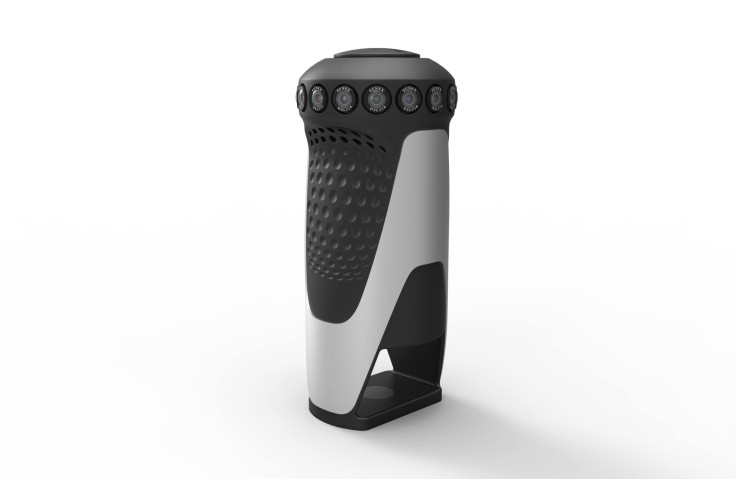‘Real Housewives’ In Your Living Room? Virtual Reality Could Be Coming To Reality TV

BEVERLY HILLS, California — “The Real Housewives of Beverly Hills” might be about to get a whole lot realer. So real, fans might catch themselves ducking flying cocktails and glasses of Sauvignon blanc next time they tune in. Reality TV, meet virtual reality.
Halsey Minor was one of the co-founders of seminal tech news website CNET, which CBS Corp. acquired for $1.8 billion in 2008. His latest venture is Reality Lab, a virtual reality company that debuted its first product, the Quantum Leap VR system, at the Consumer Electronics Show in Las Vegas last month. And while Minor believes Quantum Leap is ideally suited for live sports and news, he has seen the most initial excitement from another major genre of unscripted television.
“A particularly enthusiastic set of potential partners is people that do reality programming,” Minor told International Business Times.
Quantum Leap is built around a proprietary camera containing 16 individual HD cameras that provide two 360-degree stereoscopic images — one for each eye. At a product demonstration attended by IBT, the VR footage was streamed over a Verizon LTE network to a Samsung Galaxy S6 phone attached to Samsung’s Gear VR headset. The camera’s software stitches together the individual videos to provide a seamless viewing experience, which IBT confirmed while demoing the product and actively trying to find glitches.
While raw footage from the multiple HD cameras necessary to shoot virtual reality requires an enormous amount of space, the Quantum Leap camera processes the video it records in real time and compresses the files to sizes more suitable for streaming, avoiding the storage problem that scripted VR programs face. And with the cameras not tethered to individual headsets, an unlimited amount of simultaneous Quantum Leap users with internet-connected headsets could bounce around between feeds from different online Quantum Leap cameras and interact in the same VR world — separated only from actual reality by Quantum Leap’s five-second delay.
Resolution isn’t crystal clear — which Minor said is due to the limitations of the smartphone screen and that deliberate effort to keep bandwidth lower to enable streaming over a normal Wi-Fi or LTE connection — but it’s not distractingly so, and certainly less than if the stream had to stop to buffer, which Minor said won’t be an issue for most users.
“This will work at 70 to 80 percent of all broadband homes,” he said.
The Quantum Leap camera can also playback the video as a regular two-dimensional stream in situations where internet infrastructure isn’t as developed, such as war zones. It’s one device that can provide feeds from 16 different perspectives at the same time.
“We can have a camera in the middle of [Iraqi city] Ramadi, with 2D streams from every angle,” Minor said.
Quantum Leap also supports Reality Lab’s Hyper VR technology, which allows content creators to add three-dimensional objects and animations, creating an augmented reality. At the demo IBT attended, this was used to generate a spaceship that floated in the middle of a conference room — something many junior associates dream of on a daily basis. Minor said superimposing advanced statistics and advertising is a natural use of the technology for sporting events. And given the active imaginations of reality TV producers, probably a whole bunch of other uses Minor never intended.
“We’re not just doing VR, we’re doing immersivity,” he said.
© Copyright IBTimes 2025. All rights reserved.





















